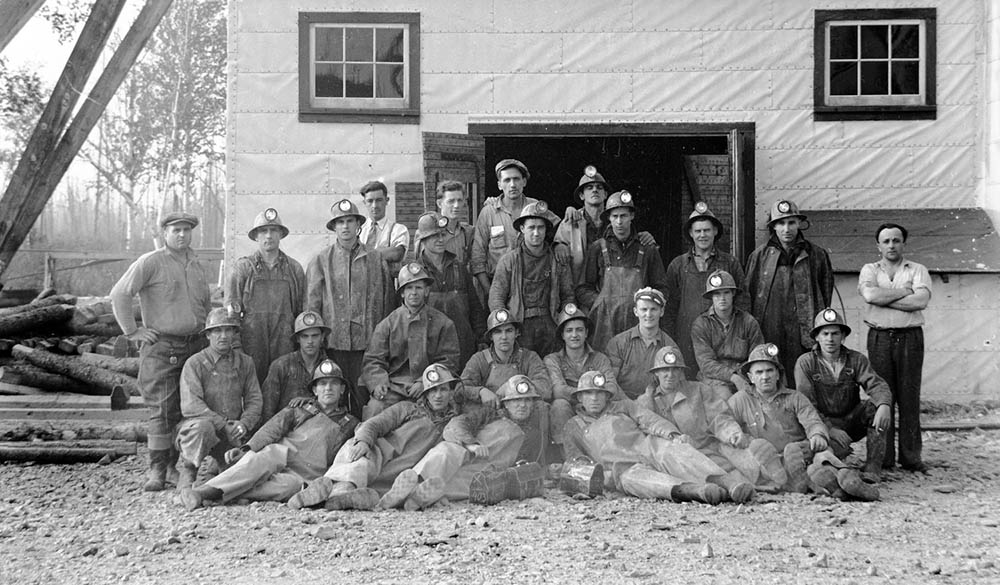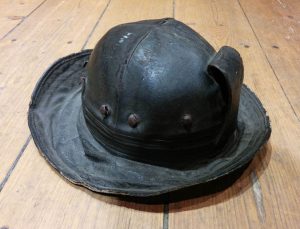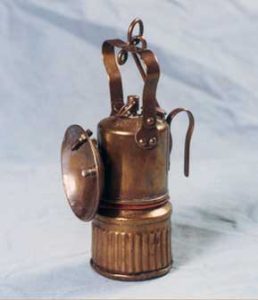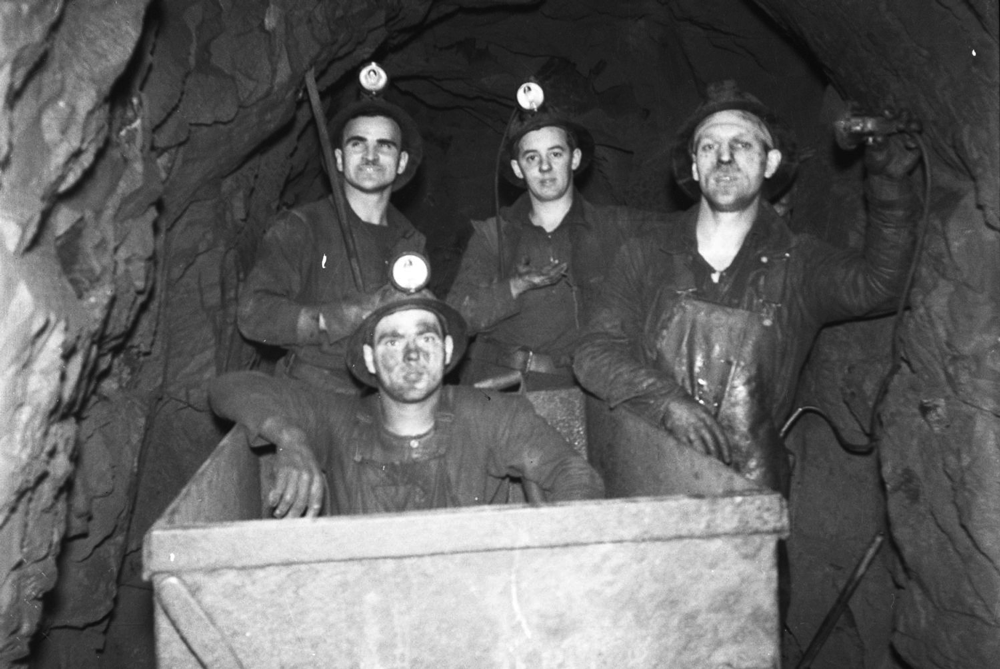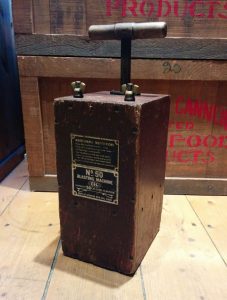Mines, a Break, and a Big Vein!
At the beginning of the 20th century, major mining discoveries made in Ontario sent the prospectors to extend explorations towards the east and enter Abitibi. This is when, in 1911, Edmund Horne made camp on the shores of Lake Osisko. He discovers the mineral vein that will give birth to the famous Noranda Mine. A mining rush ensues, with nearly fifty mines entering into production along the Cadillac Break, creating the towns of Noranda, Rouyn, Malartic, Val-d’Or and Bourlamaque, which pop up like weeds all along the Cadillac Break.
Prospectors from far and wide come running towards this «Quebecois Klondike». Gold fever seizes the mining industry. In 1934, the price of gold reached a summit, and Abitibi-Temiscamingue rapidly became one of the main mining regions in North America.
In 1931, six years after their birth, Rouyn and Noranda counted close to 5,500 inhabitants, making it the region’s largest urban center. In 1951, the number of inhabitants reached 24,300 compared to 11,145 for Val-D’Or and Bourlamaque and 5,983 for Malartic. With workers from all over Quebec, as well as a high number of anglophones and European immigrants, this marks the economic and cultural lives of Rouyn-Noranda and Val-D’Or, bringing a diversity of customs and traditions. In order to better support their families, many farmers leave their vocation and become miners. The development of the mining industry, therefore, definitely shapes the territory.
Interview with Samuelle Ramsay-Houle
Samuelle Ramsay-Houle is the owner of the company Les Pierres du nord, which specializes in the production of decorative colored stones as well as schist stone for landscaping. The company operates in two quarries, one in Abitibi and the other in Temiscamingue. In this video, Samuelle Ramsey-Houle explains the source of his environmental values and how he integrates them into his work.


